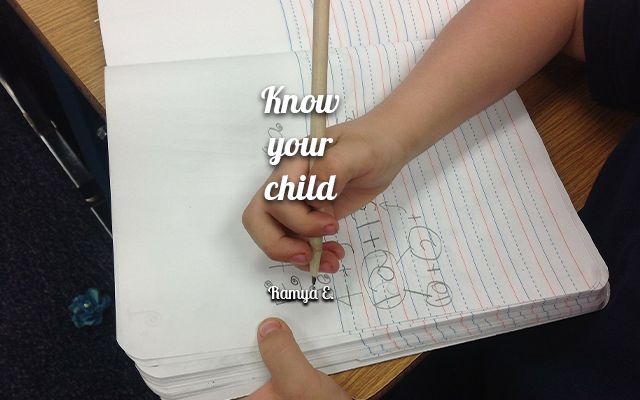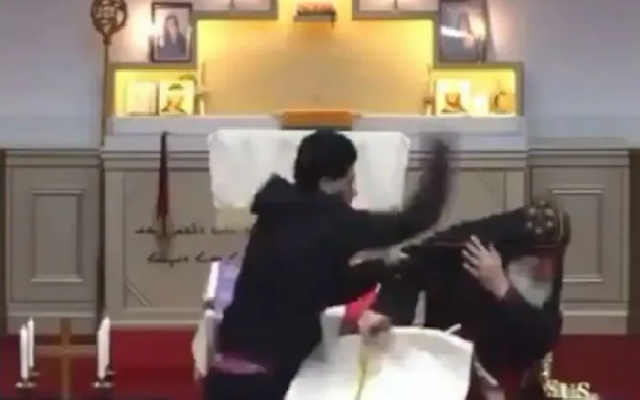Handwriting is a complex activity. Even though today’s generation is expert in operating computers, tabs, phones etc, the school curriculum has not abandoned writing. Scientifically handwriting increases the neural activity in certain sections of the brain, which is similar to meditation. Active writing makes the person more creative and helps retain information for a longer time.
People who were born during the ‘No Computer’, ‘No Mobile phones’, ‘No internet era’ were well-acquainted with traditional games which not only brought families together but unknowingly improved their fine motor skills. Games like ‘Kavade’, ‘Kallata’, ‘Pagade’, ‘Choukabaara’ develop hand-eye coordination and hand manipulation. These games also help refine visualisation skills, numerical skills, object control and attention span. The most worrying factor for children, parents as well as teachers are bad/complicated handwriting that adversely affects their academic performance due to which they might become disinterested in studies.
Factors involved in the writing process
Children do not always have bad handwriting just because they are lazy, sometimes they lack skills that are necessary to make good handwriting. There are few factors associated with writing such as forming letters, proper font size, space between the letters, placing the letters/words properly on the line/page, holding/controlling a pencil, the right amount of pressure on the paper, and sitting posture. Apart from these factors visual perception (Awareness of what letter a child needs to write and imagining that letter before writing) also plays an important role in successful handwriting.
What is fine motor skill?
Fine motor skills involve the use of small muscles in our hands, wrists, fingers, feet and toes. It impacts things like holding a fork to eat, using a pencil to write etc. Even though the writing process starts at school, the process of hand manipulation, the movement begins in the infant stage itself. When a baby tries to grasp objects, picks them up, moves them around; all these processes involve the coordination of small muscles movements of the hands, fingers and eyes. The muscles of the hands and fingers are the most important parts for developing handwriting skills.
Activities to improve fine motor skills in early childhood
There are few simple activities that can improve the fine motor skills of a child and the children need to perform them under parents/guardians’ supervision.
1) Play-Dough
Prepare dough of wheat and encourage your child to prepare different shapes of animals, birds. Let them mix the dough so that they develop good hand manipulation.
2) Colouring/Drawing/Painting
One of the best techniques is to get a grasp/hold on a pencil/crayon. Preschoolers can start colouring inside the circle without scribbling out of the circle so that their crayon grip, hand movement, and eye coordination can be improved.
3) Sand Art
In this technique, they can learn alphabets in the sand. You can dictate the complex words to make the child understand the style of writing. Parents can give sticks to write instead of fingers. Here they imagine the words before they write and thus visual motor skills can be improved
4) Beads onto the yarn
Children like to work with beads. It promotes grasping, picking up the bead and putting onto yarn, thus developing hand-eye coordination.
5) Buttoning and unbuttoning: One of the best exercises for hands, and finger movement. It also develops a sense of order and concentration.
6) Scissors to cut pictures /shapes
Cutting with scissors is an important motor exercise as it strengthens the fingers that are needed to control the pencil and also stability in fingers.
Being able to control the small muscles of the hands and fingers has been shown to have a greater impact on handwriting skills than the actual pencil grip the child uses. Fine motor activities should be a big part of a child’s daily life in order to prepare him/her for handwriting.
Image by sharpemtbr



















